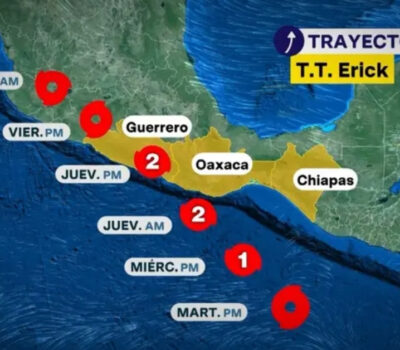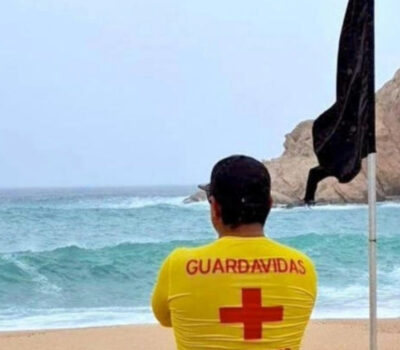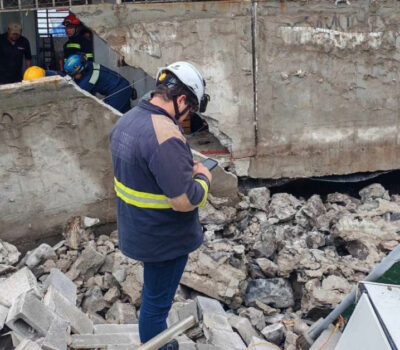BBVA (BBVA.MC) warned of a tougher business environment in Mexico this year while the Spanish bank’s largest market adapts to the policies of U.S. President Donald Trump.
A 14 percent fall in the peso over the past year, on concerns Trump could rip up a free trade deal with his southern neighbor, contributed to a drop of nearly 30 percent in fourth-quarter profit at BBVA on Wednesday.
Almost half the profits at Spain’s second largest bank are from Mexico, which has offset recent weakness at home for BBVA.
CEO Carlos Torres Vila said BBVA’s underlying growth in Mexico should remain strong through 2017, but forecast lower economic growth and uncertainties resulting from the new U.S. administration would negatively affect its business.
Profit in Mexico was down close to 6 percent at 571 million euros in the fourth quarter, although without currency moves growth remained strong and profit would have risen 10 percent.
BBVA’s total net profit for the quarter was 678 million euros ($731 million), above an average of analysts’ estimates calculated by Thomson Reuters of 548 million euros.
The results initially pushed BBVA’s shares up around 2 percent, but the Mexico forecast reversed this and they were 0.5 percent lower by 1000 GMT, at the bottom of the European STOXX banking index .SX7P.
BBVA’s results were also hit by a one-off charge of 400 million euros related to disputed mortgage clauses which have eaten into Spanish banks’ profits after Europe’s top court overturned a Spanish ruling in December that capped liabilities.
Banks are now liable for more than 4 billion euros in charges.
BBVA’s profit over the whole of 2016 was up 32 percent to 3.5 billion euros, in line with analysts’ forecasts, after 2015 earnings were hit by a 1.8-billion-euro writedown in Turkey, where it owns a majority stake in lender Garanti (GARAN.IS).
CALM BEFORE STORM
Potential hits to Mexican trade and investment due to uncertainty over the outcome of talks to renegotiate the NAFTA trade agreement had led BBVA to lower its economic growth forecast for Mexico to 1 percent, Torres Vila said.
BBVA saw lower growth in its Mexican loan portfolio in the short term, he said, but still expected “solid growth” in its business there without accounting for a further decline in the peso, which has fallen 16 percent since Trump took office.
Foreign exchange headwinds in Mexico and Turkey, where the lira has fallen 10 percent over the past year, would be lessened since over 50 percent of profits in each country were protected by hedging strategies, he said.
“There are uncertainties (in Mexico) but there are also bright lights ahead given the size of the economy, the youth of the economy and how vibrant and competitive it is,” Torres Vila told analysts on a conference call.
Tougher business conditions in Mexico posed a risk to BBVA’s growth strategy, analysts said on Wednesday, as in the past it had used its businesses abroad to offset weaker lending in its Spanish home market where it is focused on cutting costs.
Analysts from Keefe, Bruyette & Woods, for instance, asked in a note whether this quarter’s solid results were “the calm before the storm.”
Overall, BBVA’s full-year net interest income – a measure of earnings on loans minus deposit costs – was 17 billion euros, up 4 percent from a year ago, due to lower funding costs.
However, analysts flagged a decrease in BBVA’s fully-loaded core capital ratio – a closely watched measure of a bank’s strength – by 10 basis points to 10.9 percent, which the bank said was partly due to the mortgage clause ruling.
(Editing by Alexander Smith)
BBVA (BBVA.MC) warned of a tougher business environment in Mexico this year while the Spanish bank's largest market adapts to the policies of . . .












